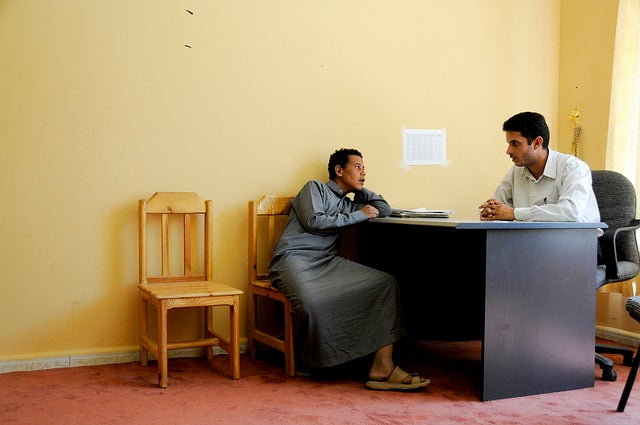
Social protection is no longer considered to be a luxury . Neither is it seen as something that countries can only afford after reaching certain income levels. Instead, social protection is now largely regarded as a pre-condition for sustainable growth, social inclusion, and as a mechanism to promote equity.
In some countries, social protection is composed of one or two programs, like conditional transfers or contributory pensions. In others, there are many (sometimes too many!) programs. They are a combination of social assistance programs (such as cash transfers and school feeding) and social insurance (such as disability pensions, and unemployment insurance) programs.
Over time, the combination of social protection instruments, policies, and delivery mechanisms have evolved into differing ‘systems’, based on each country’s unique context. Regardless of whether there are one, two, or many social protection programs and service delivery mechanisms, it is often common to find inefficiencies in how these programs and mechanisms ‘speak’ to each other.
I believe that one of the largest challenges that governments and social practitioners struggle with in the 21 st century is how we can move from ad hoc, fragmented and disorganized ‘islands’ of social protection programming to efficient, targeted and multi-faceted systems that can tackle the complexity of poverty.
Governments usually tell us at that they want to reduce fragmentation. They want to improve program design, delivery, and increase coordination. In response, social protection experts from more than 20 international development organizations around the world came together to develop the Inter-agency Social Protection Assessment (ISPA) tools.
Bringing together good practices from around the world, these tools aim to:
- Diagnose strengths and weaknesses, bottlenecks, and opportunities for social protection programs;
- Help governments facilitate policy discussions and build capacity;
- Harmonize the work of government agencies and international development organizations; and
- Provide a platform for international development organizations to coordinate country work in a way that builds on and complements each other’s’ competitive advantages.
ISPA tools have been applied in more than ten different countries , with World Bank and other international organizations’ support. Here are some examples:
In the Philippines, the Core Diagnostic tool (CODI) helped the government acquire a systemic perspective of their social protection systems.
In El Salvador, the Public Works tool helped assess the performance of the Programa de Ingreso Temporal (PATI), which provides temporary income to unemployed youth. The Salvadorian government was able to conduct a rapid diagnostic of how the program was performing in terms of targeting, size, and coordination and coherence with other social protection programs.
In Peru, the government used the Identification (ID) tool to assess the Registro Nacional de Identificación y Estado Civil . ID systems help identify beneficiaries (making sure that there are no duplication of payments to individuals, for instance), authenticate payments and service delivery points, and link information.
In Tanzania, the Social Protection Payments tool assessed the cash payment delivery mechanism of the Productive Social Safety Net program. It helped the Tanzania Social Action Fund identify what works well and what can be improved.
The great thing about ISPA tools is that these are used with governments taking the lead. International development agencies, such as the World Bank, collaborate with governments. As such, the tools can be refined and adapted to the country context.
I am really excited about the meaningful contribution that ISPA tools can bring social protection. These tools provide a vitally strong analytical base for addressing one of the trickier conundrums in development – it’s about how can we support governments so that they have social protection programs that respond to the specific needs of the country and are wired to reduce poverty and build shared prosperity.
If you want to learn more about ISPA tools, visit www.ispatools.org .
For more information about the World Bank’s work in social protection and labor, visit our website .


Join the Conversation